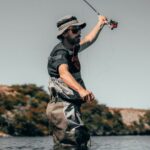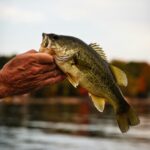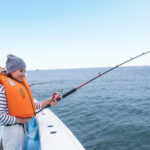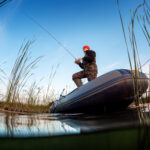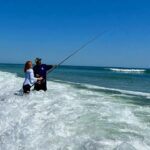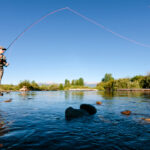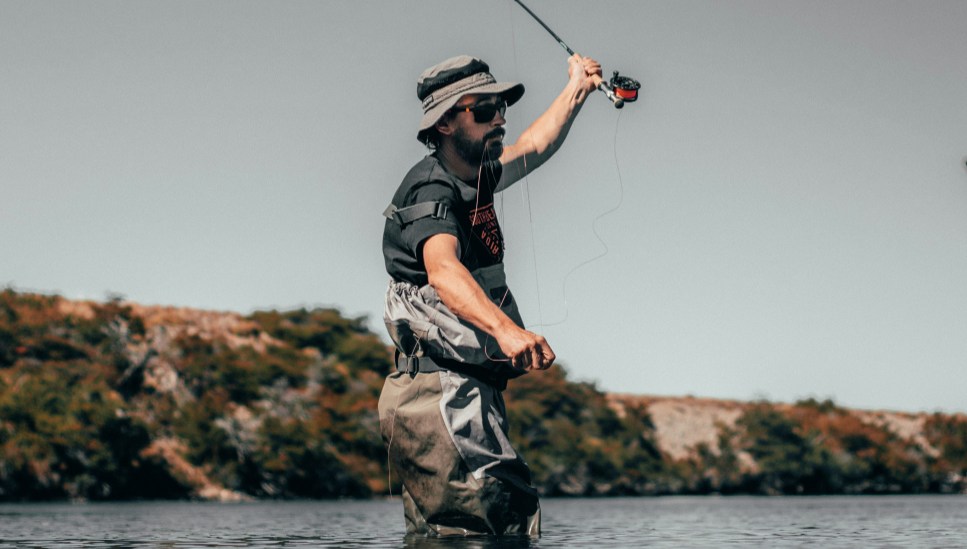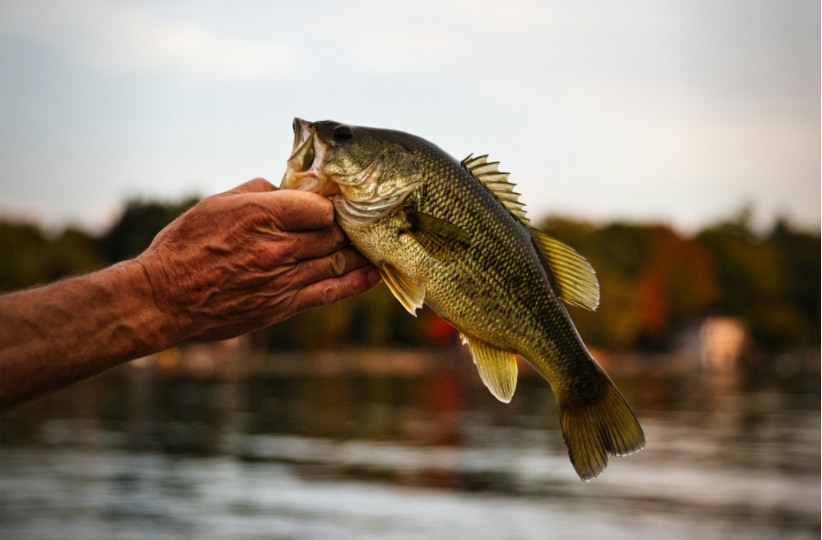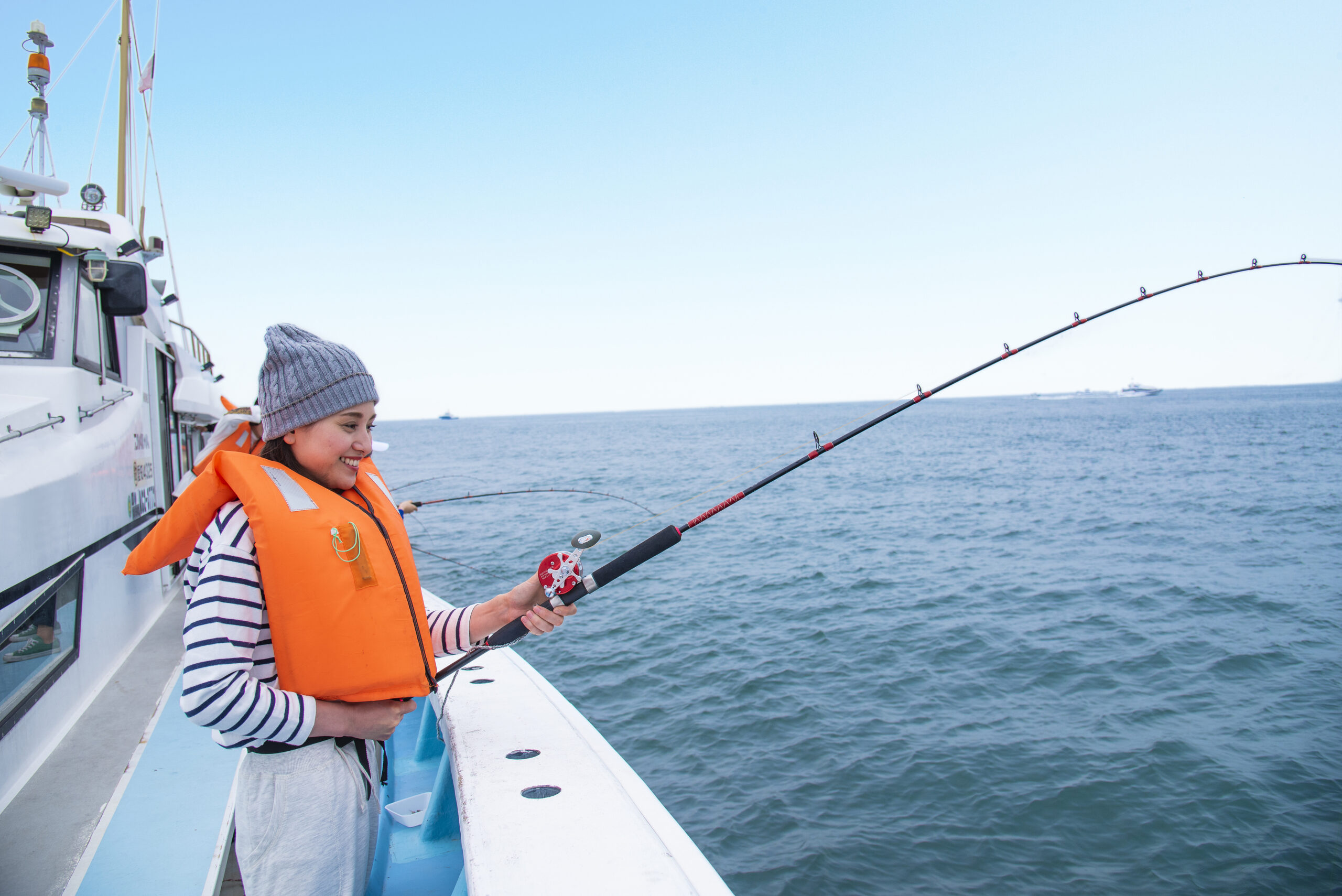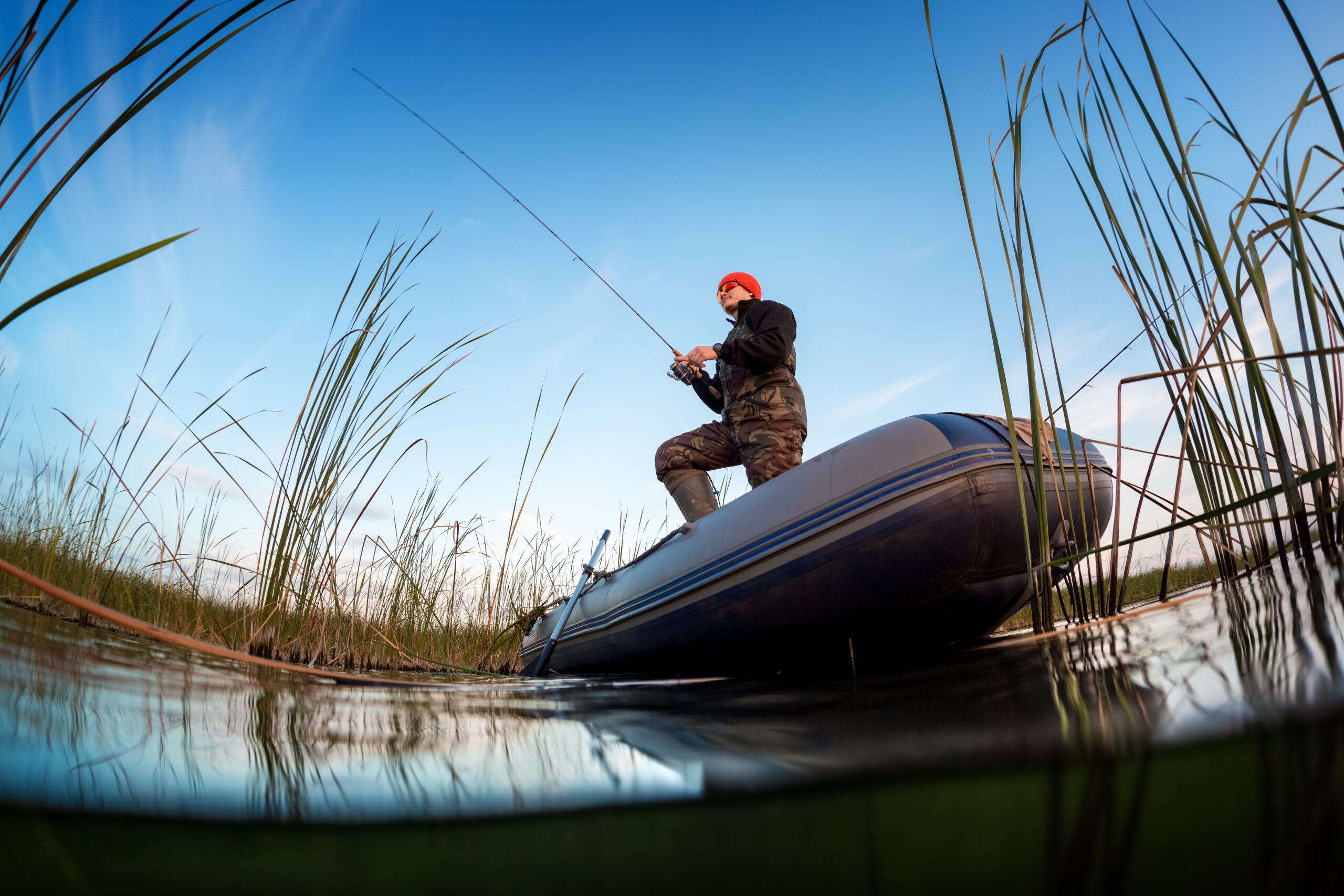As the chill of January settles in and the year begins anew, the world of fishing transforms into a serene, quiet paradise for those who are brave enough to embrace the cold. While many anglers might put their rods away for the season, winter fishing can offer unique opportunities that make the crisp air and frosty mornings worth it. Whether you’re an experienced angler or just looking to try something new, January can provide some of the most rewarding fishing experiences of the year.
In this guide, we’ll explore the best practices, locations, and tips for fishing in January, with a focus on species that are active during this cooler season. We’ll also discuss how to stay comfortable and safe while making the most of your time on the water, no matter how cold it gets.
Understanding Winter Fishing: The Challenges and Rewards
Fishing in winter comes with its own set of challenges, but it also offers its own set of rewards. Coldwater fishing can be vastly different from fishing in warmer months, requiring adjustments to techniques, tackle, and even expectations. Fish tend to be less active during winter, so patience and persistence are key. However, when the bite comes, it can be intense and well worth the wait.
The cold temperatures slow the metabolism of fish, which means they won’t be as eager to chase down bait or move around frequently. As a result, they often stick to deeper, more stable waters, and they require anglers to use techniques that can keep the bait in front of them for longer periods.
Top Species to Target in January
January fishing may seem quiet compared to the warmer months, but there are plenty of fish that are still active and waiting to be caught. The following species are ideal for anglers looking to cast their lines this winter:
1. Bass (Largemouth and Smallmouth)
Bass are known for their hearty nature, and while they may not be as aggressive in winter, they can still be found in deep, slow-moving waters. Largemouth bass tend to hibernate in colder months, but they’ll still be hungry if the right bait comes along. Smallmouth bass, on the other hand, can remain more active, often lurking in deeper pools of lakes and rivers. For both species, try using slow presentations like jigs, drop-shot rigs, and swim baits to entice a strike.
2. Pike
Northern pike are one of the most popular fish species for winter anglers. They thrive in cold water and tend to be less affected by the winter months than other species. They often seek deeper, warmer areas of the water, and they’re known to strike at larger bait, so consider using big lures or live bait like minnows. Pike are aggressive predators, and their strikes can be strong and sudden, making them a thrilling catch on a cold winter day.
3. Trout (Rainbow and Brown)
Trout are a winter favorite, and January is a great time to target rainbow and brown trout, especially in mountain streams or deep reservoirs. Trout are less active in winter but still require consistent feeding, so they’ll tend to stay in deeper, slower-moving waters. The best bait for trout in January includes worms, minnows, and small jigs. If you’re fishing in rivers, be prepared to fish near the bottom, where the trout like to stay.
4. Walleye
Walleye are known for being elusive, but they can still be found during winter months in deep, cooler waters. In January, walleye often move into deeper sections of lakes and rivers, making it necessary to adjust your fishing technique. Use slow-moving jigs or live bait like minnows, and fish near drop-offs or underwater structures where walleye are likely to congregate. Early mornings or late evenings tend to be the best times for walleye, as they’re more likely to feed during these hours.
5. Perch
Yellow perch are one of the most common winter fish species, and they are abundant in lakes, ponds, and rivers across the country. In January, they’ll often be found in deeper waters and in schools, so once you find one, there are usually many more to be caught. A light tackle setup and small bait, such as minnows or worms, work best for perch fishing in the colder months. Jigging and ice fishing can both be highly effective methods for catching perch in winter.
Fishing Techniques for Winter: Slow and Steady Wins the Race
In winter, fish aren’t as likely to chase down fast-moving baits, so your fishing techniques must adapt to the slower pace of the water. Here are a few techniques that work well for winter fishing in January:
1. Jigging
Jigging is one of the most effective techniques in colder waters. By using a jig, you can make slow, controlled movements that entice fish without overwhelming them. In winter, fish aren’t as active, so subtle, slow jigging movements are key. Focus on staying near the bottom, as fish like trout and bass are likely to be close to the substrate in deep waters.
2. Drop-Shot Rig
A drop-shot rig is perfect for winter fishing because it allows you to present your bait just off the bottom, where fish are likely to be. This technique is especially useful when targeting species like bass or walleye, as it helps keep the bait in front of the fish for longer periods of time, increasing the chances of a bite.
3. Slow-Trolling
If you’re fishing from a boat, slow trolling can be highly effective for targeting species like pike and walleye. By using live bait or lures, you can cover more water at a slow pace, presenting your bait to fish without spooking them. This technique works well when fish are deep and less active, as it allows your bait to move naturally and cover large areas of water.
4. Ice Fishing (For Extreme Conditions)
For anglers in northern climates, ice fishing becomes a primary way to access fish species during January. Ice fishing can be a fun and productive way to target species like perch, walleye, and trout. It’s essential to have the right gear, such as an auger to drill through the ice, a portable shelter to protect from the cold, and appropriate tackle for winter conditions. Always check ice thickness and never fish on unstable ice.
Staying Comfortable: Winter Fishing Gear and Tips
Fishing in January can be cold, and it’s essential to have the right gear to ensure a comfortable and safe experience. Here are a few tips to help you stay warm and protected while fishing:
1. Dress in Layers
Wear moisture-wicking base layers to keep sweat away from your body, followed by insulating layers like fleece or down to retain heat. A waterproof outer layer will protect you from wind and snow, while insulated gloves, hats, and socks are essential for keeping your extremities warm.
2. Keep Your Feet Warm
Wet feet can quickly turn a pleasant fishing experience into an uncomfortable one, so invest in a good pair of insulated, waterproof boots. For ice fishermen, ice cleats are a must to prevent slipping on icy surfaces.
3. Protect Your Hands and Face
Cold winds can quickly numb your fingers and face, so make sure to bring insulated gloves and face protection, like a balaclava or neck gaiter. Many gloves have touch-screen tips, so you can still use your phone without removing them.
4. Stay Hydrated and Energized
It’s easy to forget to drink water in winter, but staying hydrated is just as important as it is in warmer weather. Bring a thermos of warm water or tea to sip on, and pack snacks like granola bars or trail mix to keep your energy up throughout the day.
Conclusion: The Rewards of Winter Fishing
January may bring its challenges, but for those who are willing to brave the cold and embrace the quiet beauty of winter, fishing in January offers some of the most rewarding experiences of the year. With the right preparation, knowledge, and patience, you can reel in your next big catch even as snowflakes swirl around you. So, grab your rod, bundle up, and head out to the water—winter fishing is waiting for you to make the most of it.

